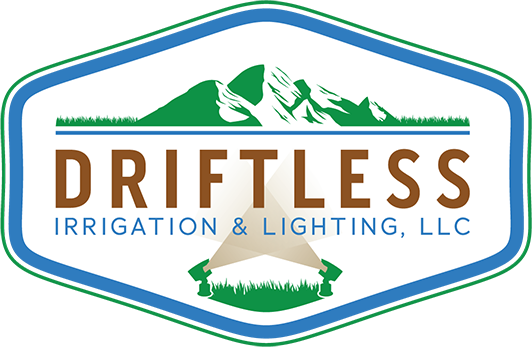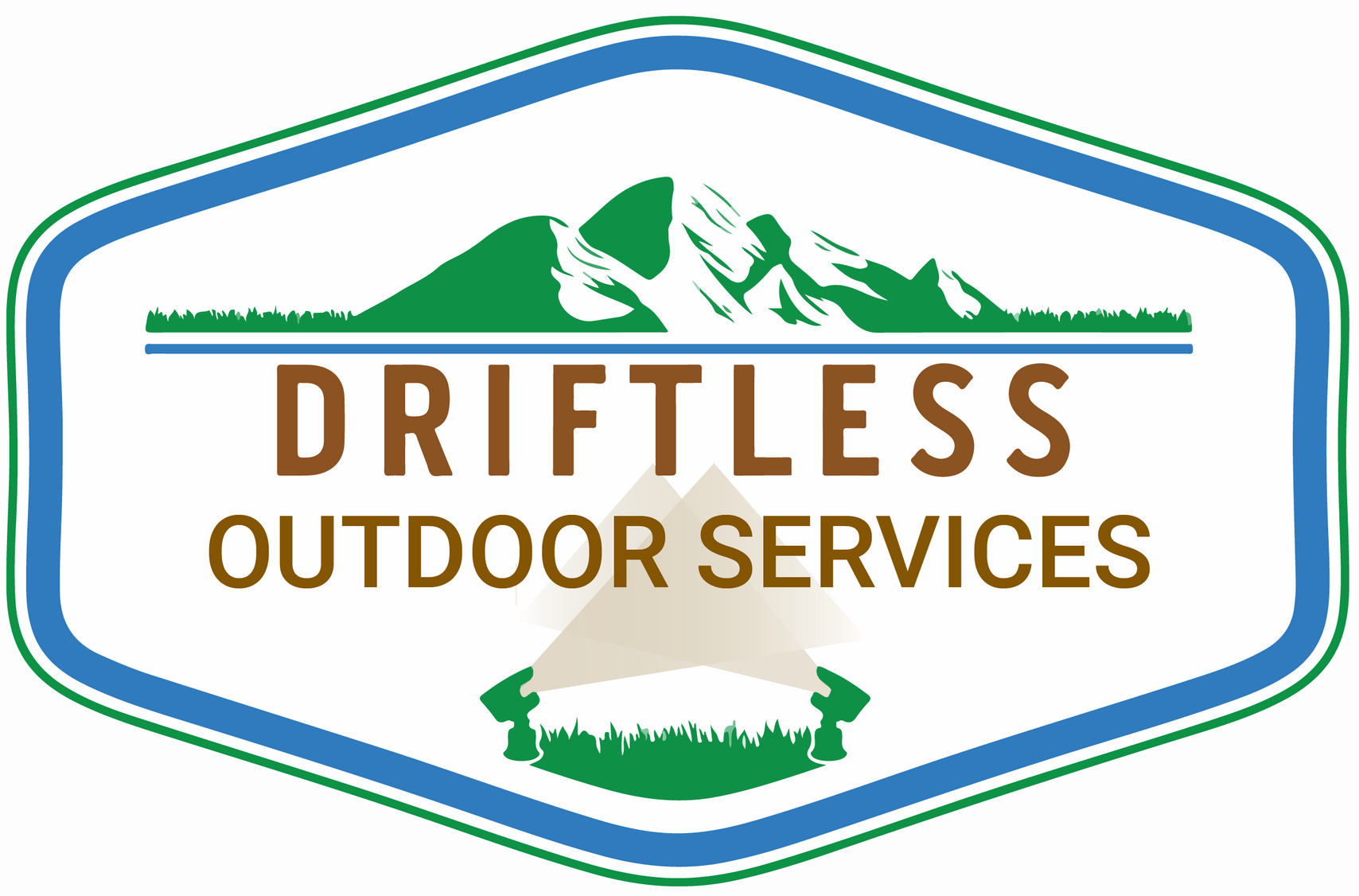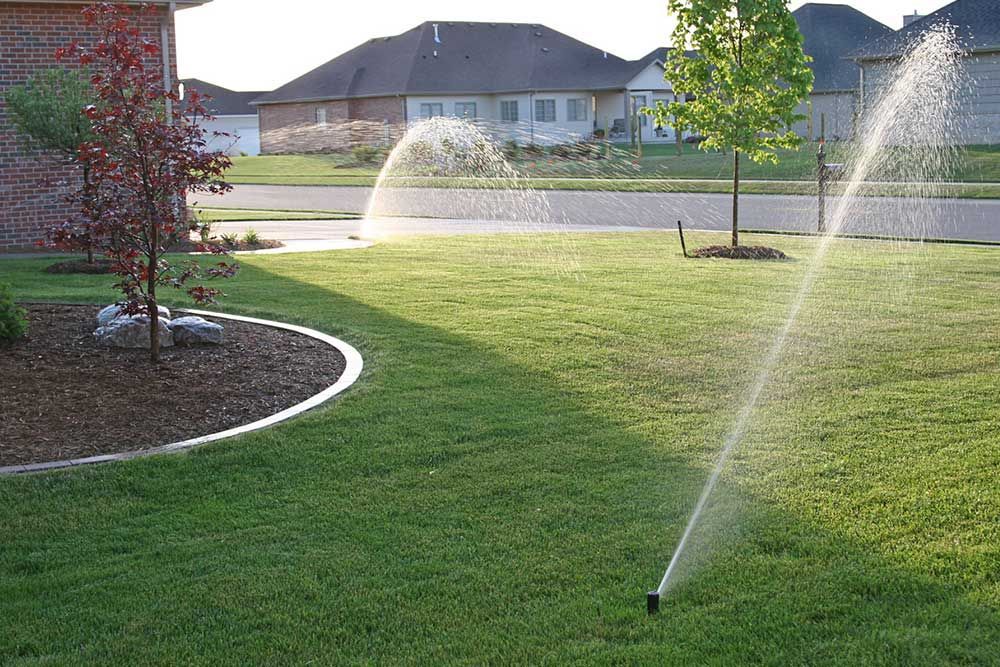1) Experience: The amount and type of experience is ultimately dependent on who you’re talking to. If you’re looking at hiring a larger company, they may have estimators/landscape designers who have a general idea of how a system is installed, but may not have that practical experience, whereas they should have an experienced project/department manager and foreman. If you’re looking to hire a smaller company, where the owner works with his/her employees, that person should have at least 5-6 years of experience installing systems.
2) Education: We’re not necessarily talking about college education here, though it can help in some situations. We’re talking about industry education through various associations on best practices. We can’t just slap a few sprinklers in the ground and call it good … we need to ensure the most efficient sprinkler system gets installed. This means that all sprinkler heads are appropriately spaced, that there is matched precipitation, and that we don’t water for longer than your grass actually needs. We may not be short on water in Wisconsin, but for those of you on city water and sewer, it can cost you hundreds or thousands of dollars to water more than you actually need to.
3) Product Quality: Some contractors will get the bid by using less expensive parts. They may use these less expensive parts because they know they’ll get more bids, it may be because it’s what they learned the business with, or it could be because they don’t know all the products available and just use what they know. But typically, a customer will assume that all sprinkler parts (heads, valves, controllers) are pretty much the same. And yes, they are pretty much the same in terms of their functionality, but not necessarily in features or build quality. We’ll touch more on the different products and their features later.






Share On: